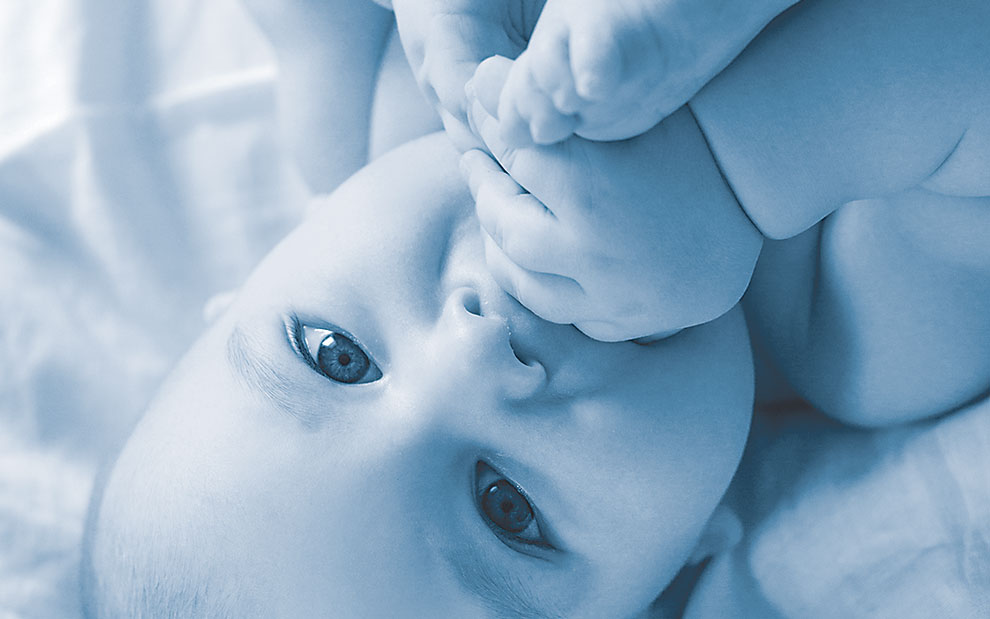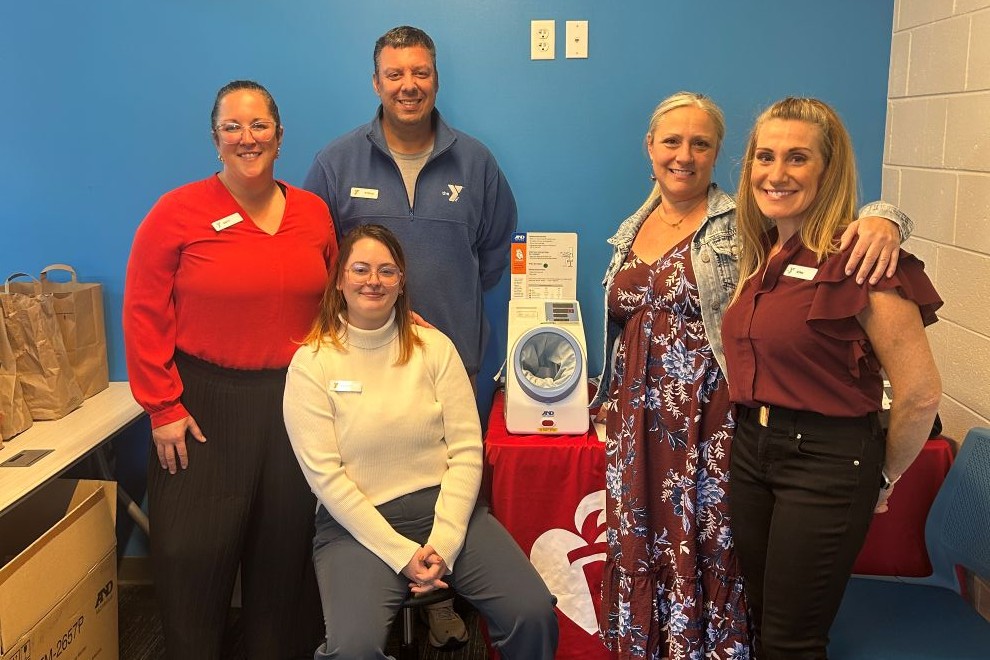While chatting with a fellow parent or friend over coffee, reading a blog for new parents, or perusing a baby book, you may have come across the term developmental milestone. This term can carry a lot of weight, and you might be confused about what it means exactly.
As a pediatrician, I recommend paying attention to how your baby is progressing through development. You know your baby best and help them celebrate all the firsts – from smiling to walking! Tracking developmental milestones can be a helpful tool for overall well-being, as can having a thorough understanding of what these guidelines mean for your baby.
What are developmental milestones?
Developmental milestones are skills that babies tend to develop around the same time as other babies. One of the most interesting things about babies is that their overall growth and development is somewhat predictable. That said, there is a very wide range of what is considered normal – after all, babies have their own personalities. Knowing which milestones to expect and when to expect them can make it fun and exciting to interact with your baby at each stage of infancy and throughout early childhood.
Milestone skills also help doctors pick up on when development is not going according to plan. They serve as a helpful tool for tracking progress the same way growth is tracked through measuring weight, length, and head circumference over time.
How are milestones tracked?
Your pediatrician or family doctor may use a developmental checklist to screen where your baby is in these four key areas:
1. Fine motor skills: small movements, such as picking up a piece of food with two fingers, holding a spoon, or learning to scribble.
2. Gross motor skills: movements involving the whole body, such as learning to sit and crawl, pulling to standing, and taking those first steps.
3. Language skills: starting to coo, babble, or say words, then putting words together to form short sentences.
4. Social/emotional skills: making eye contact, playing peek-a-boo, and learning to take turns or play with peers.
Because development is so predictable, if your child’s progress differs, it may be a clue that help is needed. Don’t fear – there is a lot of help to be found! Also, not all delays in development are a sign of a larger issue.
If your pediatrician has a concern, they may consult with a developmental pediatrician for further formal testing or may refer your baby to receive therapy services (physical, occupational, or speech therapy, for example), depending on the area of need identified. Your pediatrician or nurse practitioner will discuss this with you and specifically point out which part of development is an area of focus for further attention.
What can parents do?
My number one piece of advice for parents is to enjoy your baby. It’s tempting, especially within your friend network or on social media, to compare your baby to other babies. Traditionally, if a baby is really quick in one area of development, they may be still working on another. A chatty baby may prefer to sit still and observe the world around them while a busy baby may be quieter. Celebrate the differences between babies and highlight each baby’s strengths.
Any concerns you have should be discussed with your baby’s pediatrician or family doctor. Specifically, I always want to hear about a loss of a previously mastered skill or if a parent or caregiver has noticed that a baby is lagging in more than one developmental area.
How can parents help keep things on track?
Play is so important for encouraging brain building and development. The Center for the Developing Child of Harvard University recommends the “serve and return” approach. This means you meet your baby’s cues (babbling, gestures, or specific words) with eye contact and shared attention (hugs, words of praise, excitement). This back-and-forth interaction – similar to what happens in a tennis match – fosters strengthened bonding, attachment, and rich developmental exchanges.
Do what you can to sing, play, read, and talk to your child as often as possible.
Look for opportunities in daily outings to keep your baby engaged. Tasks like walking through the grocery store offer a huge array of things for babies to take in – sounds, smells, textures, and bright colors.
It’s not uncommon for a baby or a young child to have a favorite book that they like to hear over and over, and yes, over again. This repetition is critical for early brain development. So, know that it is normal to read The Very Hungry Caterpillar for the thirtieth or three hundredth time.
When a child is younger than two, avoid screens whenever possible, including tablets, smartphones, and TVs. We’re learning that early screen exposure is harmful to children’s development as it allows them to be passive instead of active participants in learning. Having a device on also reduces caregivers’ interactions with children. Studies show that early screen time can decrease language development, increase inattention, and lead to decreased sleep. One of the most important things you can do is to read to your child early and often.
Having said this, no caregiver should feel that any developmental delays are their fault. There are numerous factors that influence each child’s developmental path, and there are lots of resources and professionals to help, if needed. Again, remember to enjoy your baby! Whether you’re closely monitoring milestones or not, before you know it, your child will have mastered the next one.





